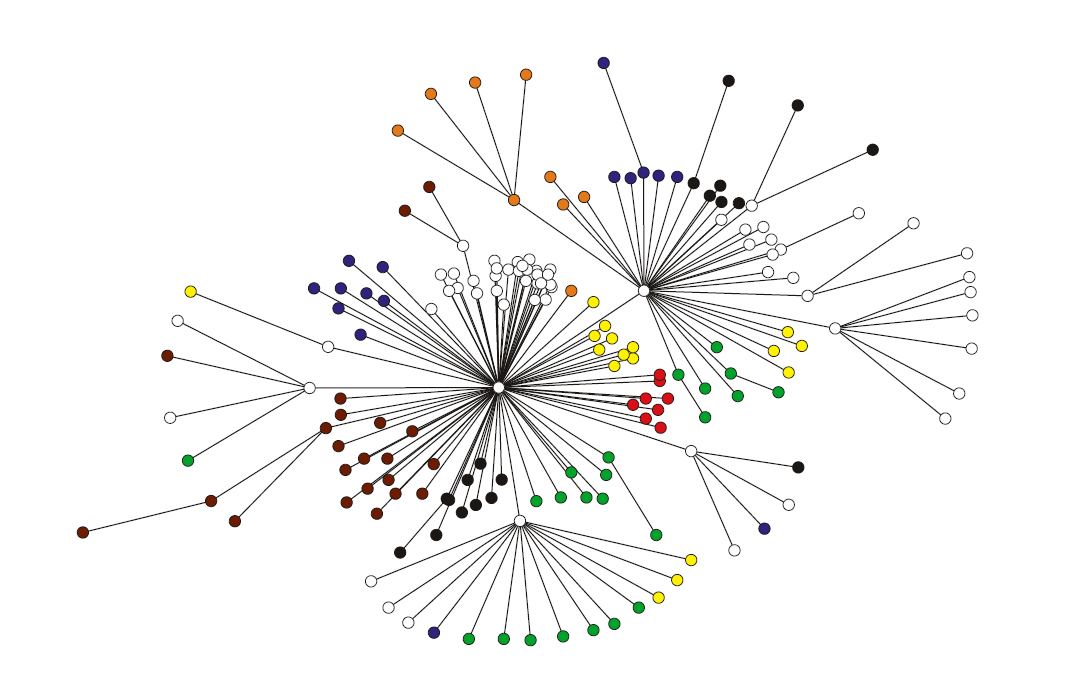
The price of oil has quadrupled since 2003. If this dramatic rise were the result of speculation in a bubble economy and not the normal forces of supply and demand, how would you go about proving it?
Try using some well known concepts from statistical physics and complexity theory, says our old friend Didier Sornette at the Swiss Federal Institute of Technology in Zurich.
For economists, the term bubble refers to a situation in which excessive expectations of future price increases cause prices to rise above what can justified by a fundamental valuation.
One of the signatures of such a bubble is a faster-than-exponential growth in prices, something that has been seen in several recent bubbles such as the dotcom boom that busted in 2000, the US house price surge that peaked in 2006 and the sub-prime market which collapsed in 2007.
What creates faster than exponential growth? One possibility is positive feedback mechanisms which reinforce unsustainable prices rises.
So Sornette’s analysis involves identifying the signature of faster-than-exponential growth, which is relatively easy to spot, and then identifying the positive feedback mechanisms that may have caused it. These, he says, are:
(1) Protective hedging against future oil price increases and a weakening dollar whose anticipations amplify hedging in a positive self-reinforcing loop
(2) Search for a new high return investment, following the collapse of real-estate, the securitization disaster and poor yields of equities, whose expectations endorsed by a growing pool of hedge, pension and sovereign funds will transform it in a selffulfilling prophecy;
(3) The recent development since 2006 of deregulated oil future trading, allowing spot oil price to be actually more and more determined by speculative
future markets and thus more and more decoupled from genuine supply-demand equilibrium.
Sornette says this “provides evidence that the recent oil price run-up has been amplified by speculative behavior of the type found during a bubble-like expansion.”
He may well be right but he fails to nail the argument in this paper.
There is another way in which faster-than-exponential price rises can occur and that’s from a faster-than-exponential rise in demand. What Sornette fails to show is that the recent price rises cannot be explained by a faster-than-exponential rise in demand from economies such as China and India.
That’s not beyond the realms of possibility but Sornette seems to ignore it. (Of course, the Chinese and Indian economies may be part of their own larger bubble but that’s another issue).
Sornette says oil price rises may be the result of speculation. Then again, they may not.
Ref: arxiv.org/abs/0806.1170: The 2006-2008 Oil Bubble and Beyond







